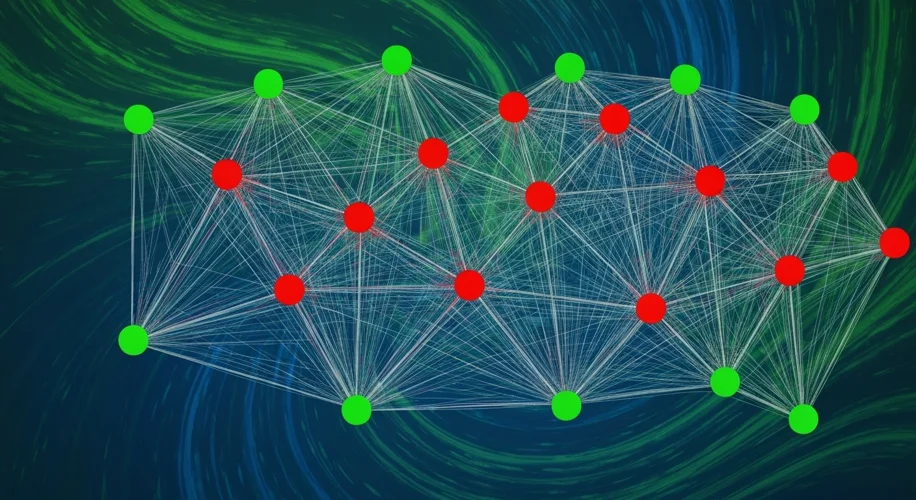It’s hard to deny that Artificial Intelligence is changing how we live and work. Today, I want to talk about something really important: the integrity of scientific research and how AI is stepping in to help protect it.
Did you know that over 1,000 academic journals have been exposed as fake, largely thanks to AI? That’s a staggering number, and it raises some serious questions about the information we consume, especially when it comes to critical topics like climate science.
What Exactly Are Fake Science Journals?
These aren’t just journals with occasional errors. Fake journals, often called predatory journals, exploit the academic publishing system. They charge authors fees to publish their work but often provide little to no genuine peer review or editorial oversight. This means flawed, misleading, or even fabricated research can enter the scientific literature, muddying the waters for everyone.
How AI is Cleaning Up the Mess
Researchers have been using AI, specifically machine learning algorithms, to analyze vast amounts of data about academic journals. These algorithms can spot patterns that human eyes might miss. For instance, they can look at:
- Publishing Speed: Real journals have a rhythm. Predatory journals might publish papers incredibly quickly to turn over revenue.
- Editorial Boards: AI can check if listed editors are real people with actual credentials, or if their affiliations are legitimate.
- Website Quality and Claims: Red flags include unprofessional websites, overly aggressive solicitation for papers, and exaggerated claims about impact factors.
- Content Analysis: Sophisticated AI can even analyze the language and quality of published articles, flagging those that lack scientific rigor.
In my experience as a research scientist, the peer-review process is foundational. It’s how we ensure that published findings are reliable. When that process is bypassed or corrupted, it erodes trust in science itself.
Why This Matters to All of Us
In my field, climate science, the stakes are incredibly high. We rely on robust, peer-reviewed research to understand the complex changes happening to our planet and to inform policy decisions that affect everyone. When fake journals proliferate, they can publish misleading articles that deny climate change or misrepresent its impacts. This makes it harder for the public, policymakers, and even other scientists to get accurate information.
It’s not just about climate science, though. This issue affects all areas of research, from medicine to engineering. The public’s understanding of science, and their trust in scientific institutions, depends on the reliability of published information. When that reliability is compromised, it can lead to:
- Misinformed Public Opinion: People might make health decisions or form opinions based on bad science.
- Wasted Research Efforts: Scientists might waste time and resources trying to replicate or debunk fraudulent studies.
- Erosion of Trust: A general distrust in science can grow, making it harder to address real-world problems.
What Can We Do?
As consumers of information, we all have a role to play. Be critical of what you read. Look for reputable sources. If you’re seeing scientific claims, try to find out where they were published. Is it a well-known university press, a respected professional society journal, or something that seems a bit off?
This AI-driven exposure of fake journals is a crucial step in safeguarding the scientific process. It’s a reminder that as technology advances, so too must our methods for ensuring accuracy and truth in research. It gives me hope that we can continue to build a more informed and resilient future, grounded in trustworthy science.
Let’s stay informed and champion the pursuit of genuine knowledge. It’s a journey we’re all on together, and the more we understand, the better we can navigate the complex world around us.

